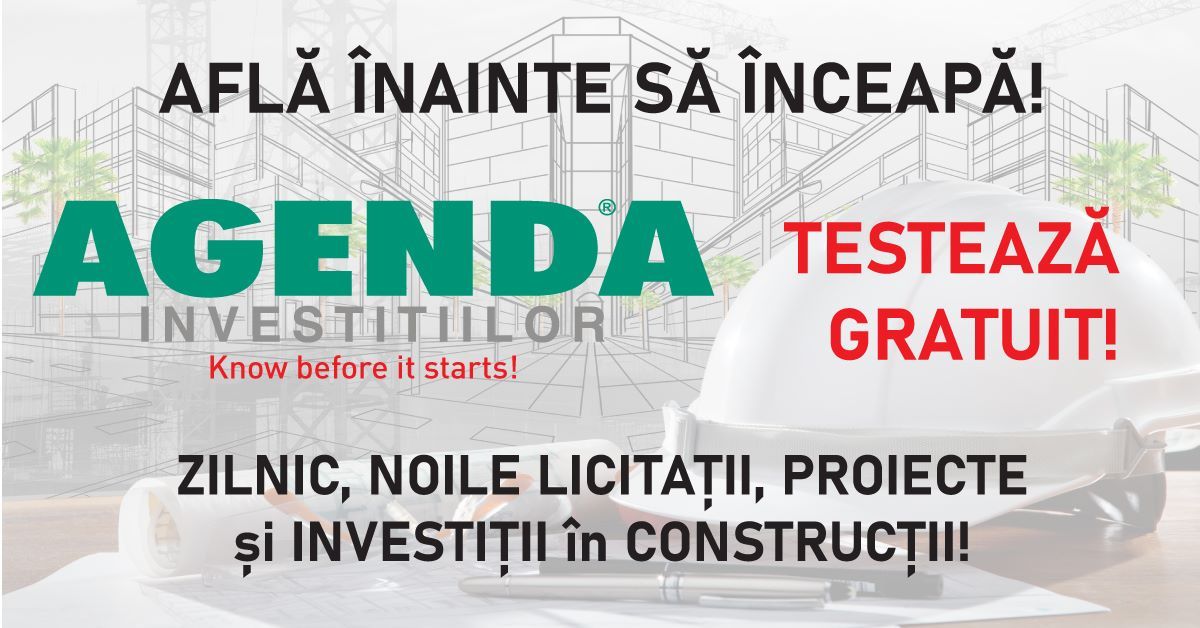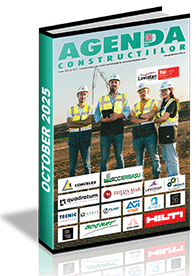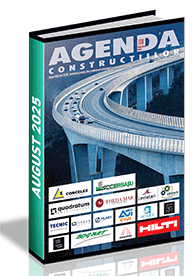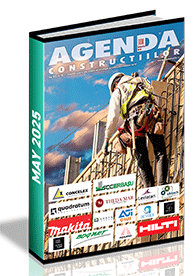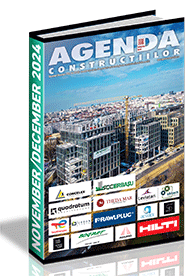| TECHNOLOGIES: Innovative products for sustainable constructions |
| English Section Publicat de Ovidiu Stefanescu 23 Nov 2015 13:49 |
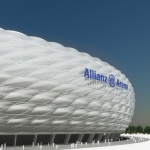 The international trade fairs focused on presenting innovations in the construction sector are the main information platforms for the beneficiaries of projects pursuing outstanding properties, in terms of safety, comfort, energy efficiency and great design. Adapting to increasingly stringent requirements of European legislation on residential buildings and beyond requires a customer orientation towards solutions rather expensive, which ensures maintaining the performance characteristics at very high levels for long periods. Currently, the most important world fairs which guarantees access to the latest achievements of science in construction consist of BAU - Munich and Batimat - Paris. Experts in the field have the opportunity, by participating in these events, to be put in touch with all that is innovative in the field. For example, the accelerated advance in chemistry recorded in recent decades has allowed the adaptation of organic substances range from innovative applications of construction materials. One of these is represented by the fluorinated copolymer formed from monomers of tetrafluoroethylene and ethylene, known as EFTE. This exhibit outstanding resistance to beta and gamma radiation, the material being particularly useful in achieving building envelopes. Facades truly revolutionary, including so-called "pillow EFTE" used as substitutes for conventional solutions are already in operation or execution phase. Those membranes presents tremendous flexibility and high durability, while the cost of production and installation does not differ essentially from those implied by the use of traditional solutions. Manufactured using a resin extracted from waste from lead and tin mines, materials EFTE category were first used in the construction industry in 1981, but on a smaller scale. The production of the film is in process of heating the resin, and then extruding it into a thin film which can be assembled in large sheets. The films have a glass-like transparency, even showing an improved transmission of light radiation and installation costs are sometimes 70% lower than those implied by the use of glazing solutions. The international trade fairs focused on presenting innovations in the construction sector are the main information platforms for the beneficiaries of projects pursuing outstanding properties, in terms of safety, comfort, energy efficiency and great design. Adapting to increasingly stringent requirements of European legislation on residential buildings and beyond requires a customer orientation towards solutions rather expensive, which ensures maintaining the performance characteristics at very high levels for long periods. Currently, the most important world fairs which guarantees access to the latest achievements of science in construction consist of BAU - Munich and Batimat - Paris. Experts in the field have the opportunity, by participating in these events, to be put in touch with all that is innovative in the field. For example, the accelerated advance in chemistry recorded in recent decades has allowed the adaptation of organic substances range from innovative applications of construction materials. One of these is represented by the fluorinated copolymer formed from monomers of tetrafluoroethylene and ethylene, known as EFTE. This exhibit outstanding resistance to beta and gamma radiation, the material being particularly useful in achieving building envelopes. Facades truly revolutionary, including so-called "pillow EFTE" used as substitutes for conventional solutions are already in operation or execution phase. Those membranes presents tremendous flexibility and high durability, while the cost of production and installation does not differ essentially from those implied by the use of traditional solutions. Manufactured using a resin extracted from waste from lead and tin mines, materials EFTE category were first used in the construction industry in 1981, but on a smaller scale. The production of the film is in process of heating the resin, and then extruding it into a thin film which can be assembled in large sheets. The films have a glass-like transparency, even showing an improved transmission of light radiation and installation costs are sometimes 70% lower than those implied by the use of glazing solutions. |
ABONARE REVISTA (click aici): PROIECTE | INVESTITII | REVISTE | INDEX COMPANII
DATE DE CONTACT: Agenda Constructiilor & Fereastra - Tel/Fax: 021-336.04.16, 031-401.63.88


